Great Dane
The Great Dane is a friendly, patient, and elegant dog breed, also known as the Apollo of dogs. Apollo is the Greek god of the sun. This is a giant dog breed that originated in Germany. Great Danes descended from mastiff-like dogs and were used to protect German nobility.
They were also used for hunting wild boars, stags, wolves, and other large game. Today, their instinct to hunt is bred out, and Great Danes are primarily family pets. When these dogs stand on their hind legs they are taller than most people. They have a sweet nature, but they are also alert guardians.
Other names for this dog breed are
- Deutsche Dogge,
- German Mastiff,
- Boarhound.
They are very loyal and gentle dogs and are careful with strangers. They can be perfect family dogs, gentle and patient, sometimes even stubborn. Because they are not aware of how big they are, they will sometimes do funny things that will make everyone laugh.
Before you start searching for Great Dane breeders, you need to know that these dogs require a lot of space and activity. Like with any other dog breed, you will have to put in the work with socialization and training, but you can be sure that it will be worth it.
FUN FACT: The most famous Great Dane is the cartoon character Scooby-Doo.

Height:
28-35 in (72-90 cm)

Weight:
110-175 lb (50-79 kg)

Origin:
Germany

Life Expectancy:
6-8 years
Dog Breed Characteristics
These are massive, muscular dogs whose size terrifies some people, but, on the other hand, they are elegant, gentle, and sweet. Great Danes are quiet and calm creatures, very people-oriented. They are highly devoted to their family and are eager to please them whenever they can. They demand a lot of attention from their people.
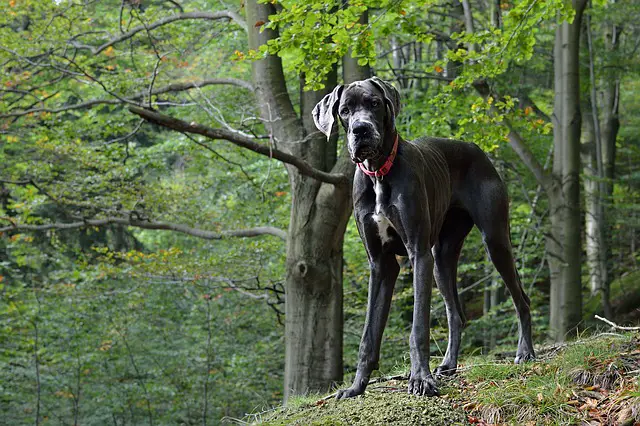
Grooming and care
These dogs have a short, smooth coat that can come in a variety of colors (fawn, brindle, blue, black, harlequin, and mantle). The Great Danes’ coat sheds moderately but requires little grooming. These dogs need regular brushing to keep their coat clean and healthy.
Brushing should be more frequent in spring and fall. The rest is basic care. Trim the nails when needed, brush the dogs’ teeth, and keep the ears dry and clean, to prevent ear infections. Ears can be cropped or left natural.
Cropping was usually done in the past times when these dogs were used for boar hunting. Shorter ears were harder to tear in a fight.
They will need only occasional baths unless they roll into something dirty. Because of his size, it is advised to make a positive experience for the dog so he will not be afraid of brushing and baths. You will have big problems if your dog will not want to take a bath, so the best thing you can do is to start while he is a puppy so he can get used to it.
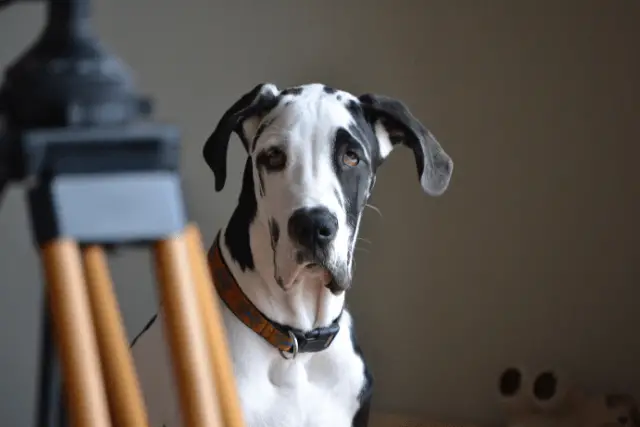
FUN FACT: Great Danes are unusually tall dogs, but they’re not always the tallest. Irish Wolfhounds tend to grow a hair taller.
Exercise
These dogs don’t need a lot of exercise. They require daily walks to maintain their health and love to go along with their family on their outdoor activities. Keep in mind that you shouldn’t over-exercise this breed, especially when the dog is still a puppy.
Great Dane puppies grow very big, very fast (in only one year, they can go from only 1 kg (two pounds) heavy puppy to a dog that weighs as much as 45 kg (100 pounds)) and are in danger of having joint and bone problems.
If you want a jogging partner, you will have to wait until the dog is at least 18 months old so you don’t hurt his bones and joints. These dogs are not best suited for small apartments because of their big size. If you have a house with a yard, make sure that your fence is tall enough. These dogs are not jumpers, but they are very big.
Because of their size, these dogs need a lot of space just to move around. If you are getting this dog breed, you should adjust the interior design of your house/apartment to its size. Your Great Dane might accidentally knock over your furniture with its tail.
FUN FACT: Despite their sweet nature, these dogs are alert home guardians. Usually, they don’t bark a lot but are quick to alert the family of any strangers approaching their territory.
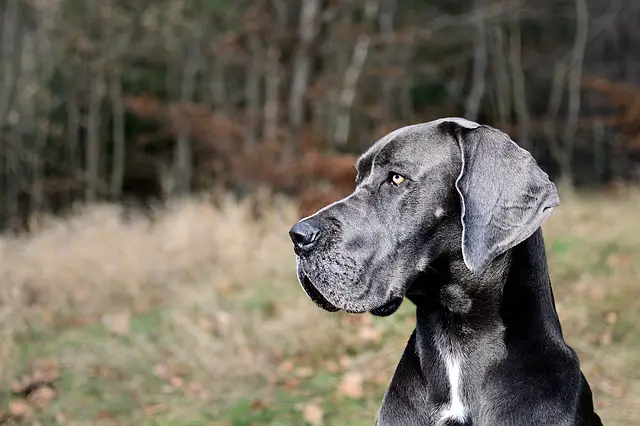
Socialization and training
Although huge, these dogs are sweethearts. They are often called “gentle giants.” A lot of them will consider themselves lapdogs and will keep trying to sit on their owner whenever there is a chance to do so. Great Danes are affectionate and easy-going. They love to play and are relaxed with children. These dogs can get cold in the winter, and that is why they should be left outside for a longer period.
Great Danes, as most dogs do, need early socialization. Providing enough socialization helps ensure that your Great Dane puppy grows up to be a well-rounded dog. Without careful socialization, some of them can become suspicious and/or aggressive toward new stimuli, such as strangers and new environments.
Great Danes are considered easy to train, and they respond well to training using positive reinforcement. As they grow into a very large dog quickly, the training should start immediately and should be consistent.
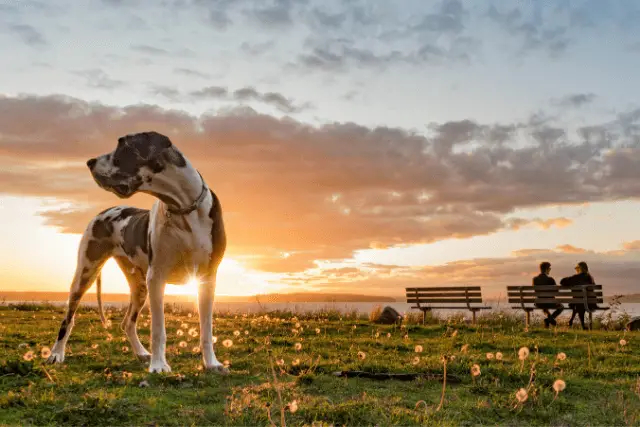
These dogs can follow scent outside, so it is advised to always walk your dog on a leash. They will enjoy participating in canine sports such as obedience, agility, weight pulling, and flyball.
They are affectionate dogs that are eager to please, and they need to have human contact and they need to be socialized with strange people and animals.
Great Dane and kids
This dog loves children and will enjoy spending time with them, especially if they are raised together from the puppy age. The only thing you should be aware of is that these dogs, in most cases, don’t realize how big they are, so they can unintentionally bump into kids during play.
No matter how good your dog is, you should always teach your children how to properly play and interact with him to avoid any unwanted situations.
Great Dane and other animals
Their behavior with other dogs depends from dog to dog. Some dogs will get along excellent with other dogs and animals, especially if they are raised together, but some may not tolerate the other animals. With the right socialization, your dog could learn how to love the presence of other animals.
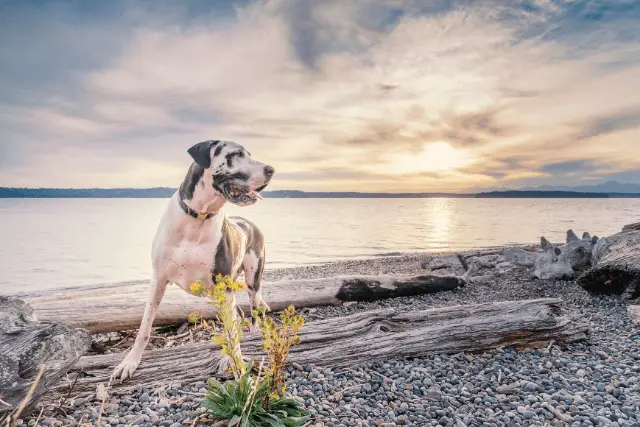
FUN FACT: This dog will drool a lot, especially after eating or drinking.
Health issues
Great Danes are generally healthy but are prone to certain health conditions. Development issues that occur while the puppy is growing into a dog are common. Therefore you should feed your Great Dane puppy with appropriate food, not too high in protein, calcium, or supplements, and also shouldn’t over-exercise the puppy while it is still growing and its bones and muscles are developing.
Hip dysplasia is also common. Gastric torsion or bloat can occur, causing the dog’s stomach to twist on itself, cutting off the blood supply. Gastric torsion is the number one killer of Danes, and they bloat more often than any other breed. Bone cancer and various heart diseases also can affect these dogs. The biggest downside of this breed is its short life span – only 6 to 8 years.
Because these dogs are prone to some serious health problems, there are a few health tests that you can perform if you want to be sure that your dog is healthy:
- hip and ophthalmologist evaluation,
- thyroid evaluation,
- cardiac exam.
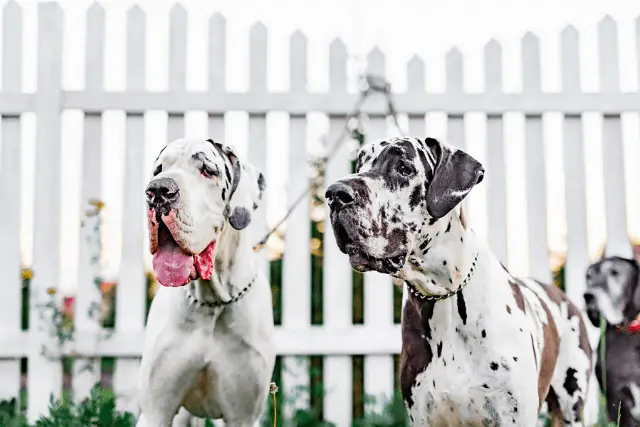
FUN FACT: One female Great Dane named Juliana was awarded two Blue Cross Medals. The first time she was awarded was in 1941. Juliana was awoken when she heard that something had fallen on the house she lived in. That something was an incendiary bomb that was dropped during The Blitz (a German bombing campaign against Britain). Juliana went to that object and peed all over it, thus extinguishing the fire and preventing it from spreading. Juliana was awarded a second medal three years later when she alerted her master’s family that there was a fire in their shop, saving them yet again.
Great Dane breeders
Great Dane is a gentle, loyal, and affectionate dog breed that is a great companion. Because of their characteristics and appearance, they are among the most popular dog breeds in the world. Because they are so popular many breeders saw an opportunity to earn easy money without caring for puppies' health, temperament, and appearance, and that is why you should be very careful when searching for Great Dane breeders.
If you want to be sure that you are talking to official and responsible Great Dane breeders, we suggest that you search for them only on the World Dog Finder website or at the national cynological association of your country. It is always a good idea to ask to see puppies and parents in person, not only over the pictures and videos.
Because these dogs are prone to some serious health problems buying a puppy from a responsible breeder will minimize the chance that your future dog will develop any of them.
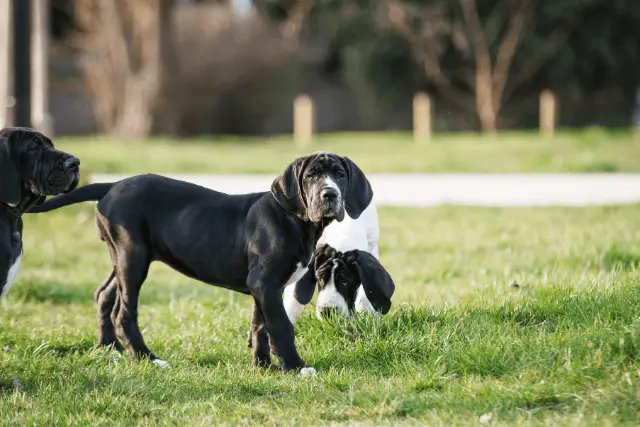
If you are not interested in buying a dog, you can always search your local animal shelters because there is a chance that you can find a Great Dane dog in one of them and save his life. Great Danes need plenty of space and attention.
With the right training, they will develop into sweet and loyal dogs, and you can be sure that your life will be filled with laughter and joy if you decide to get this dog.
World Dog Finder team

Updated at31.08.2023.
Breed History
History of this dog breed date back thousands of years. Drawing of dogs that are extremely similar to Great Danes was found on Egyptian artifacts dating back to 3000 B.C. Some evidence was found that similar dogs originated in Tibet, and there were written reports in Chinese literature from 1121 B.C. about these dogs.
These dogs were originally called Boar Hounds because of the purpose they were bred – for hunting boars. Their ears were cropped to prevent tearing during fights with boars. The breed changed its name to English Dogges in the 16th century.
Later in the 1600s, German nobles started keeping the larger and most handsome dogs in their homes. They called them Kammerhunde (Chamber Dogs) in the 1700s. French naturalists that traveled to Denmark saw one version of the Boar Hound.
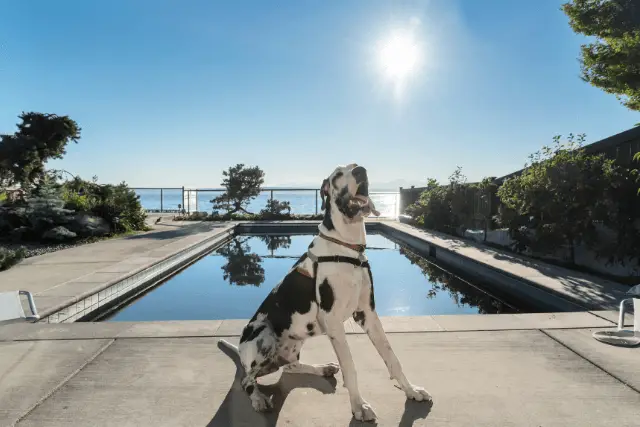
This dog looked like a Greyhound and was slimmer than a standard Boar Hound, so he called this dog Grand Danois and that name eventually became a Great Danish Dog. This name stuck, although this dog breed was not developed in Denmark.
German breeders were given credit for the development of this breed, and in 1880 a group of breeders and judges had a meeting in Berlin, and they agreed that this dog breed would be called Deutsche Dogge (German Dog). At that time, they started Deutscher Doggen-Klub of Germany.
Many European countries accepted this name, but Italian and English-speaking countries didn’t. In Italy, even today, this breed is called Alano, and in English-speaking countries, it is called Great Dane.
German breeders continued to improve this dog breed. Because these dogs had aggressive temperaments as they were bred to hunt wild boars so they started to focus on creating the dog with a gentle temperament and in the end, they succeeded.
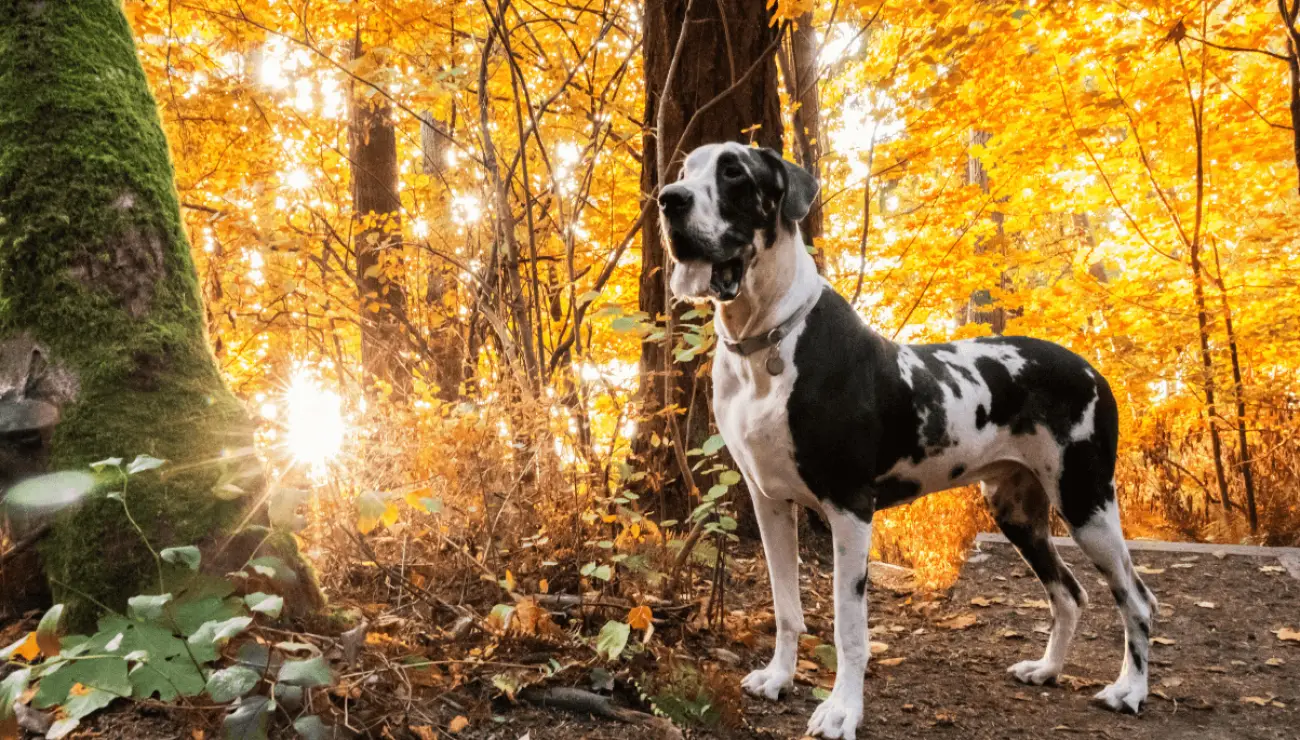
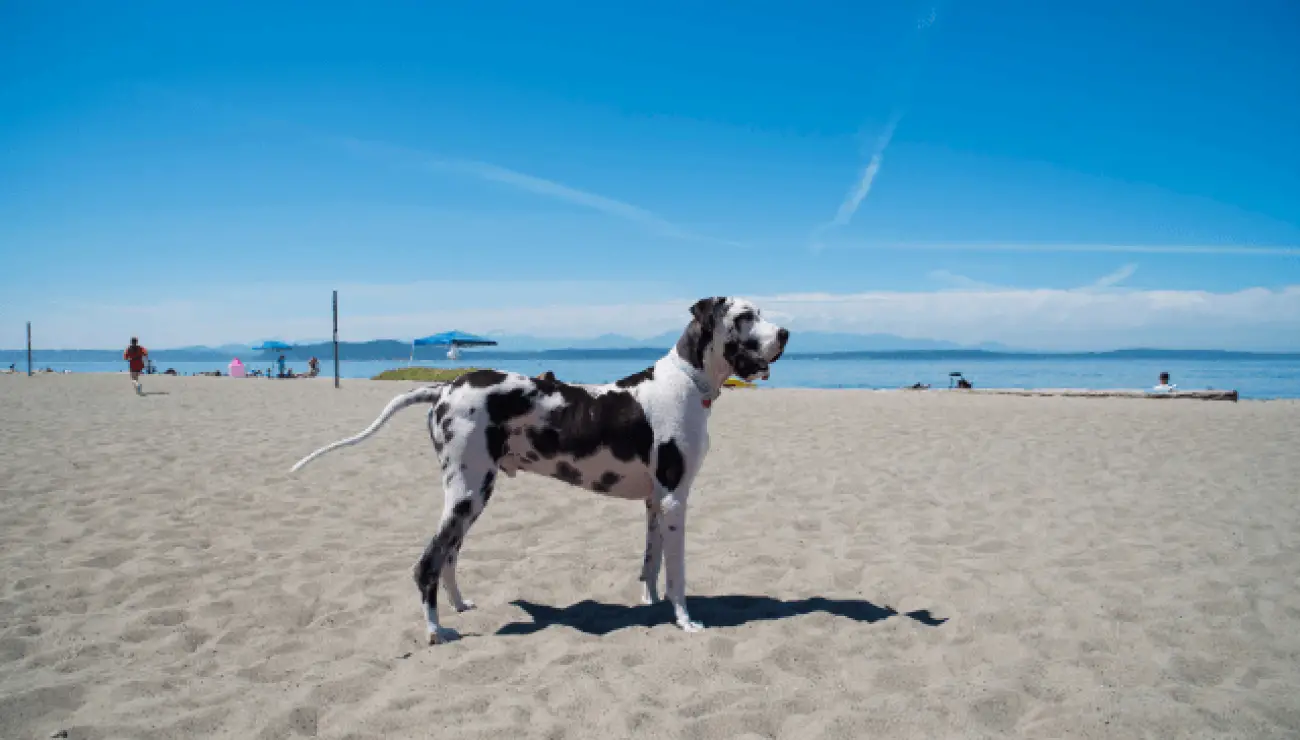
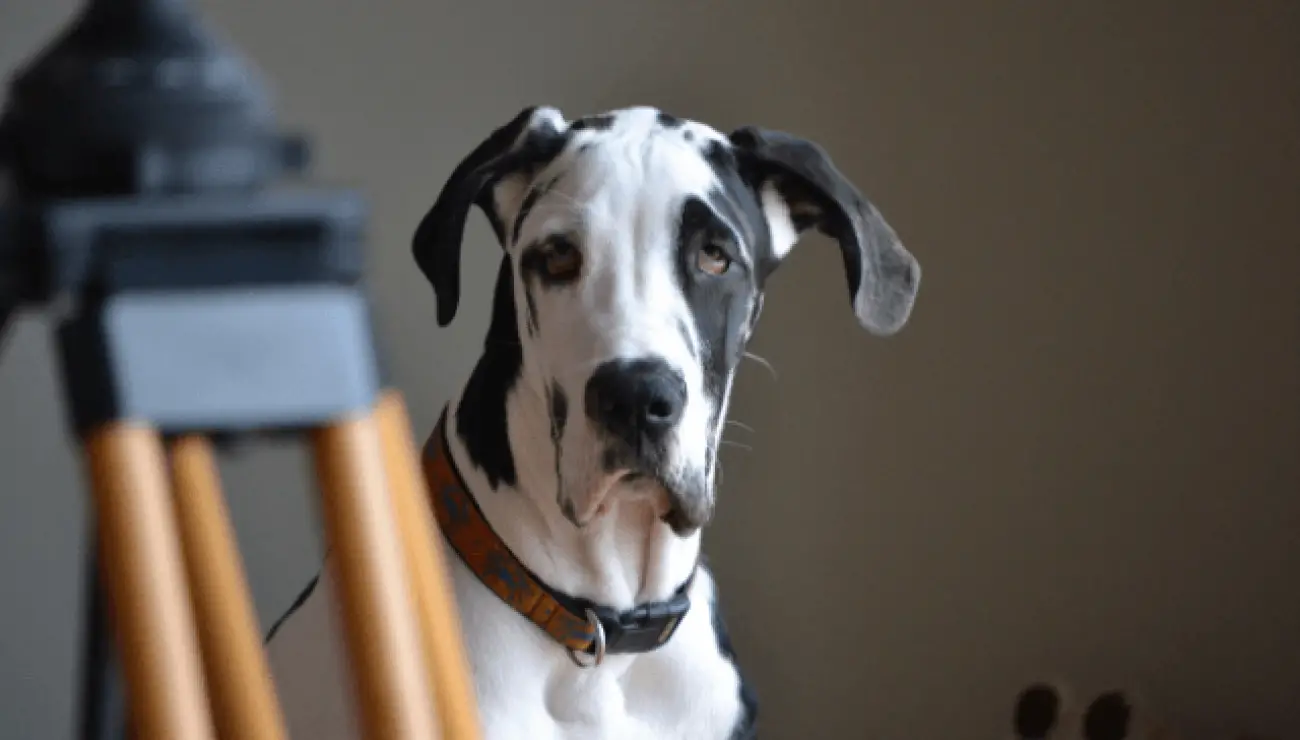
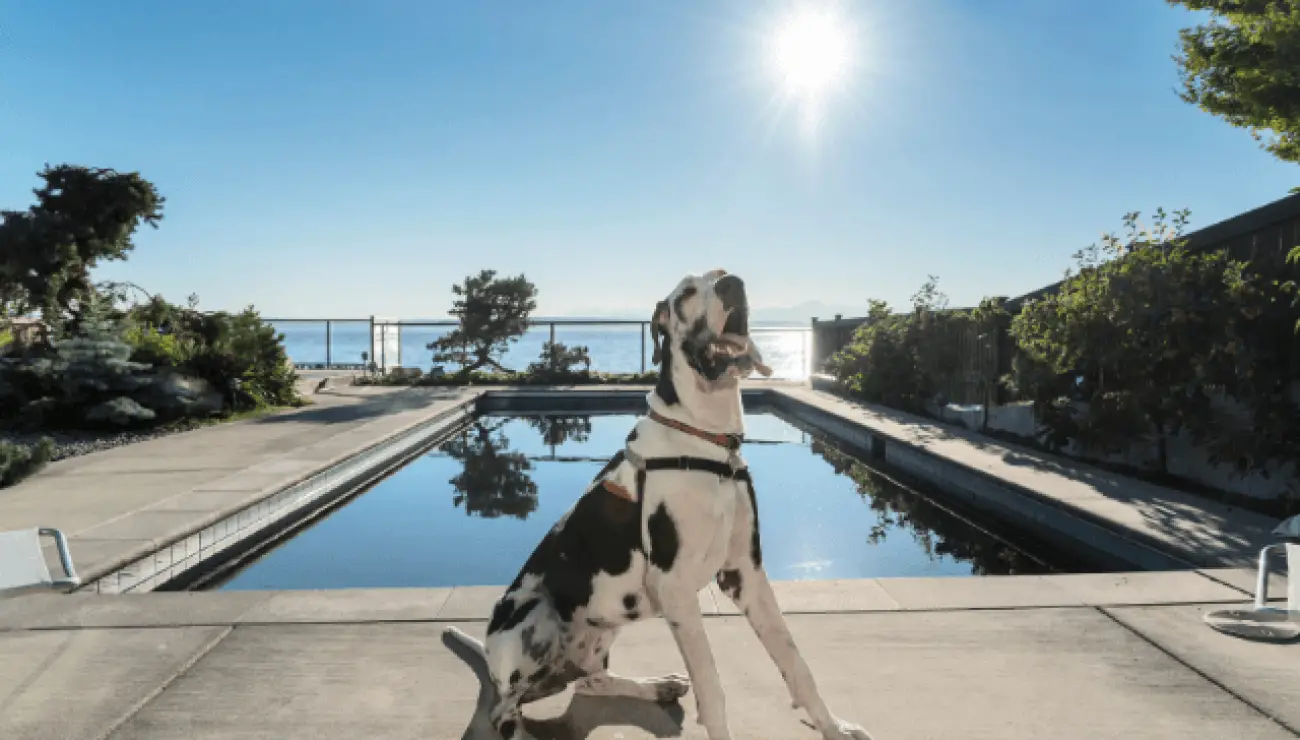
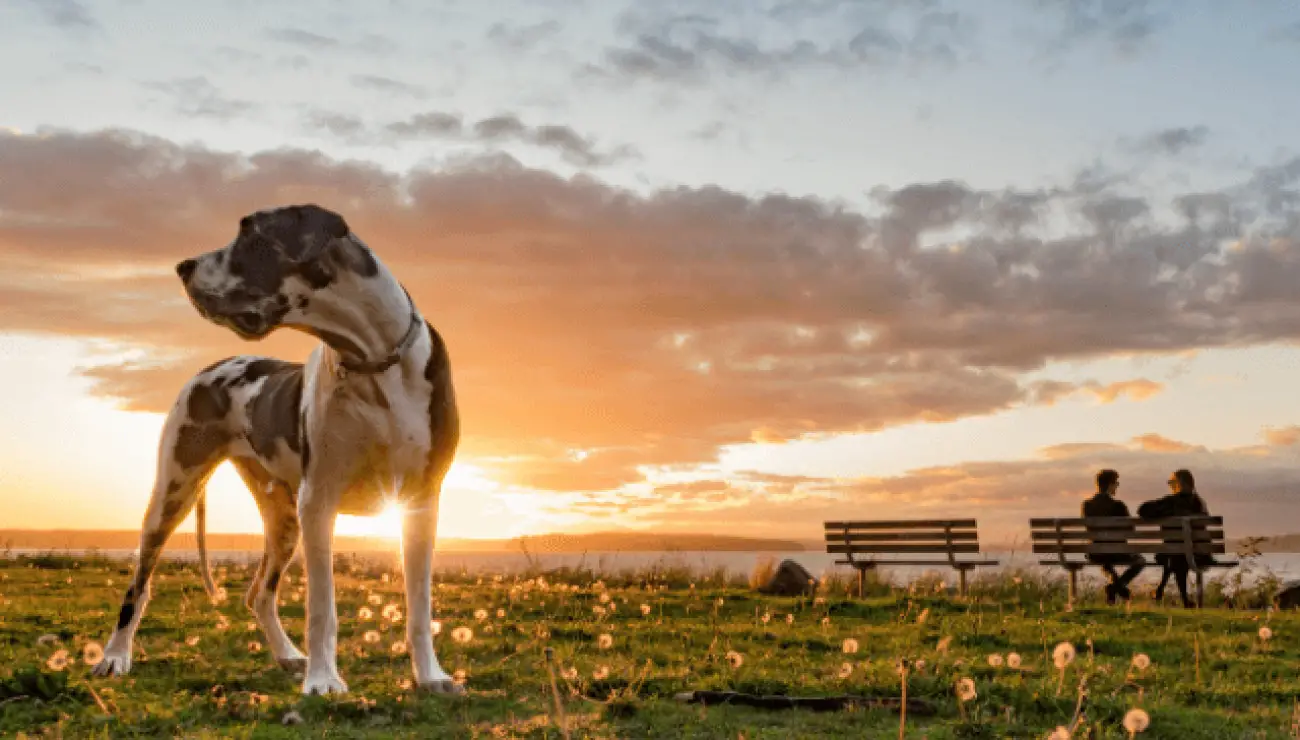
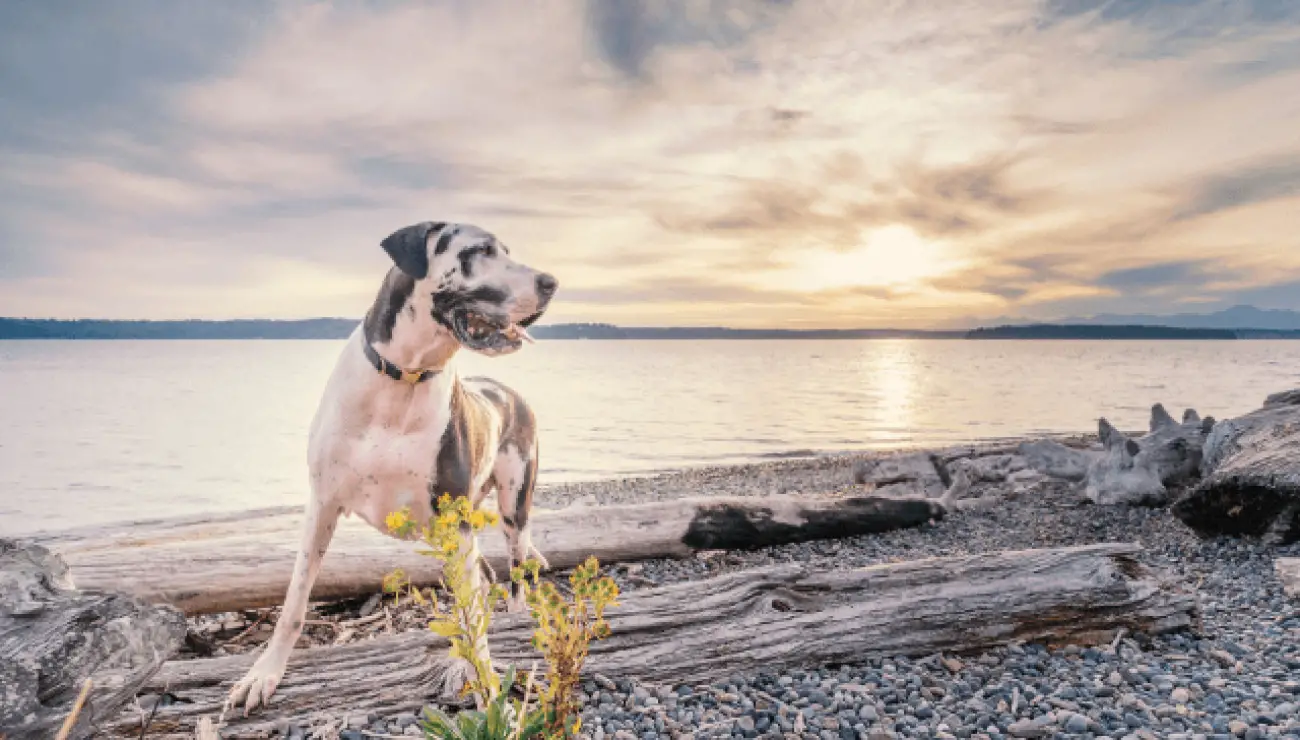
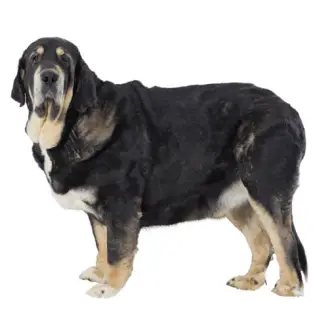
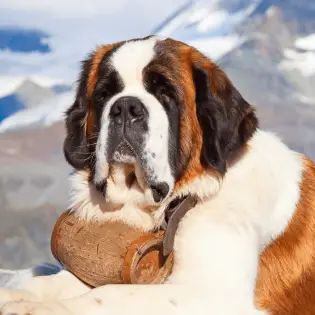
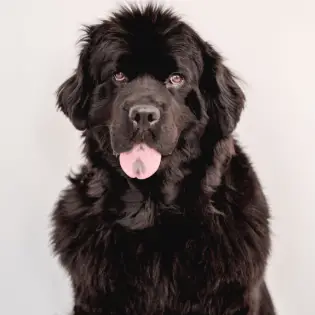
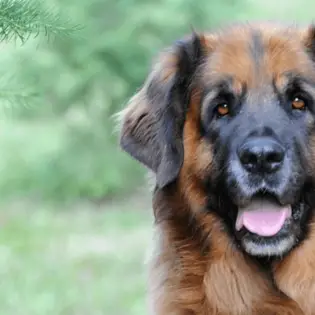
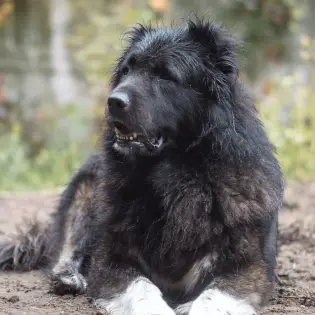
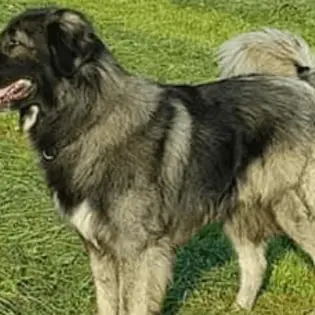
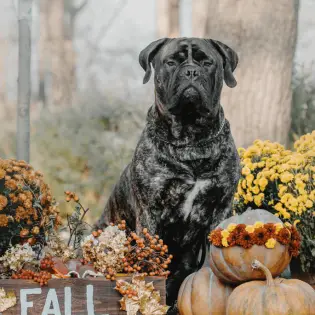
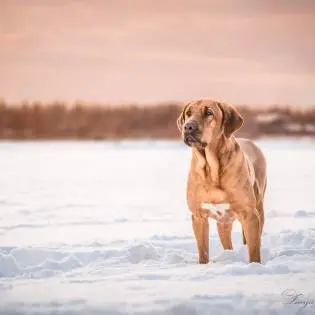
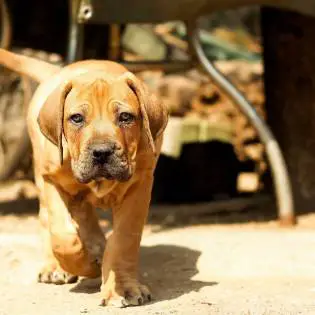
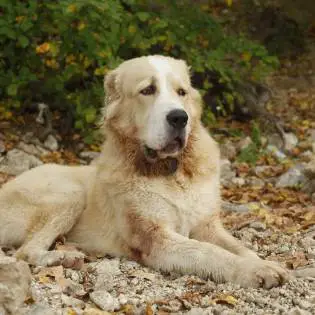

Share